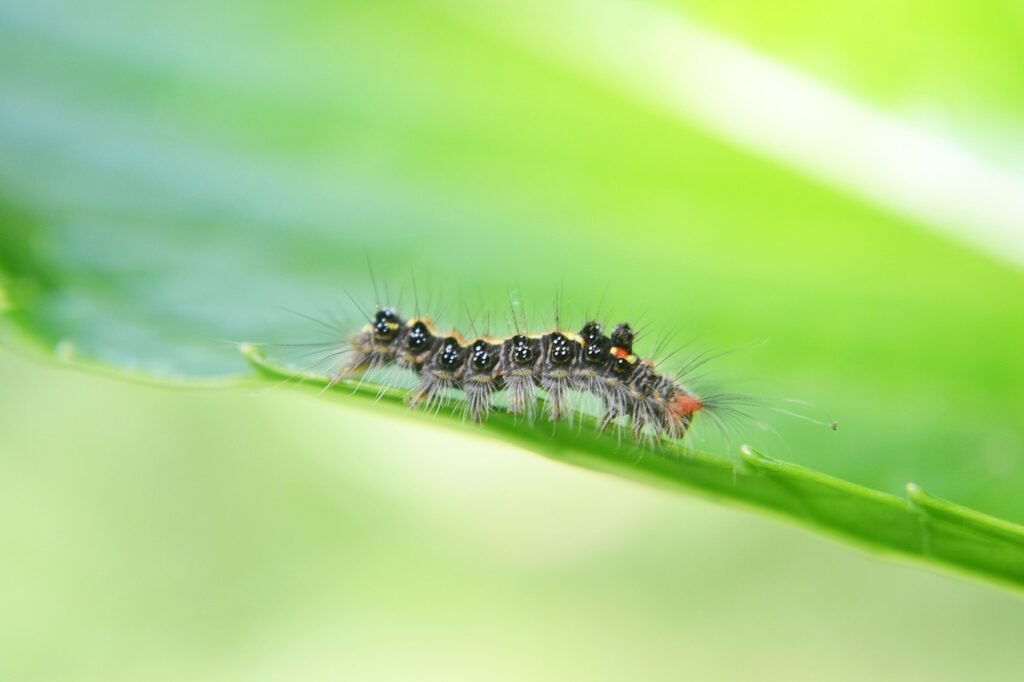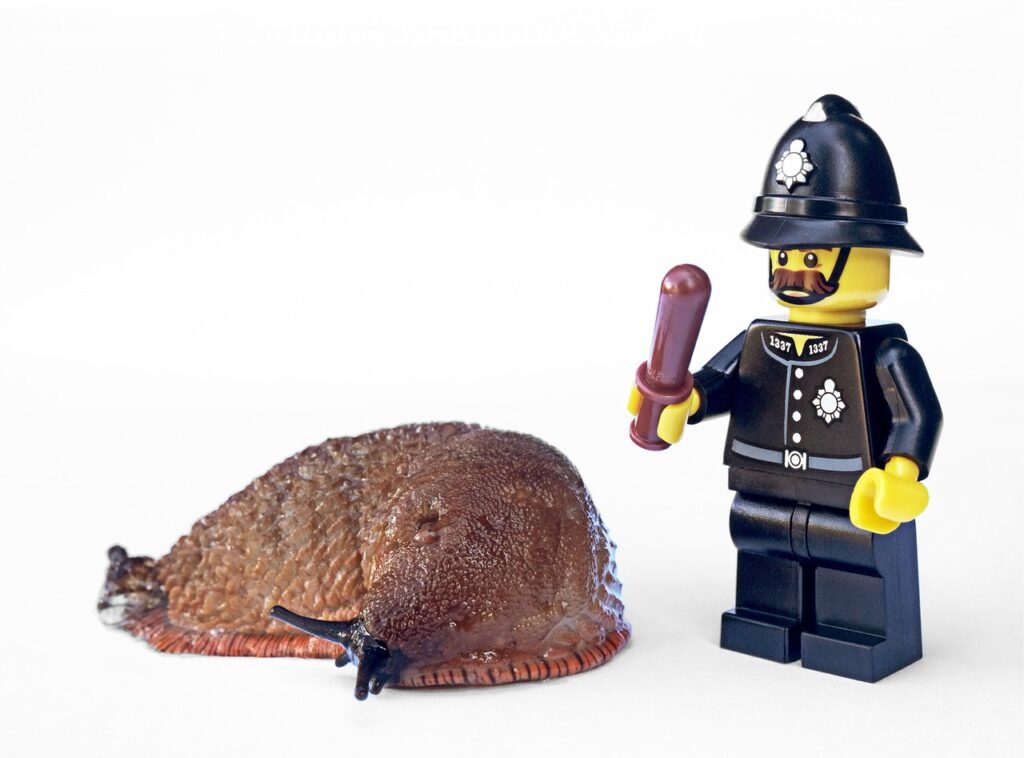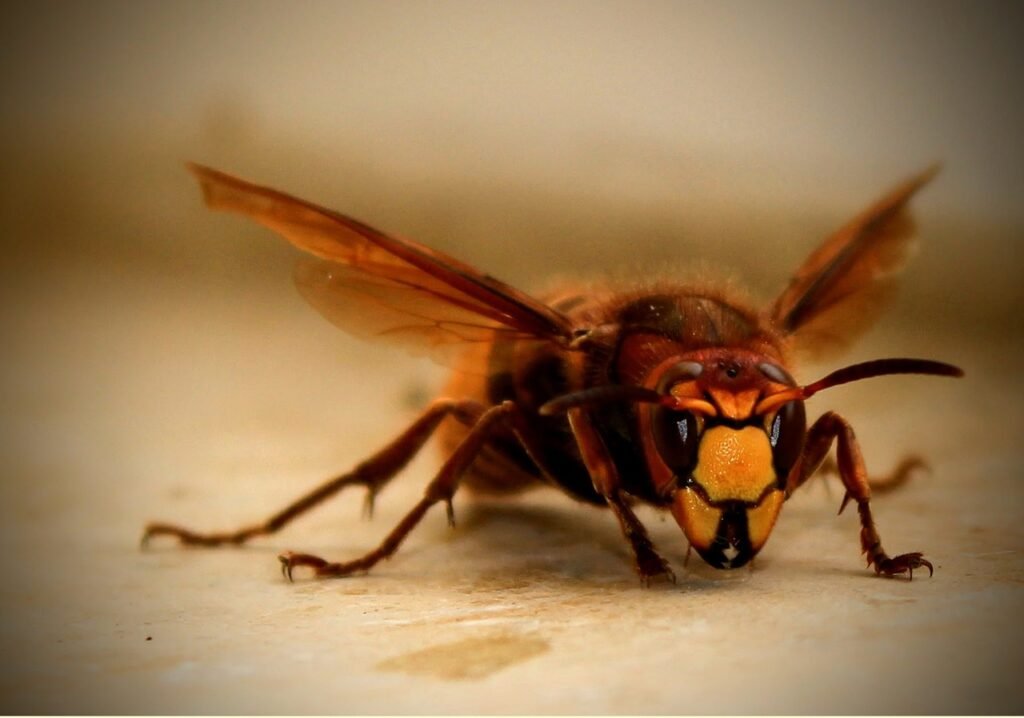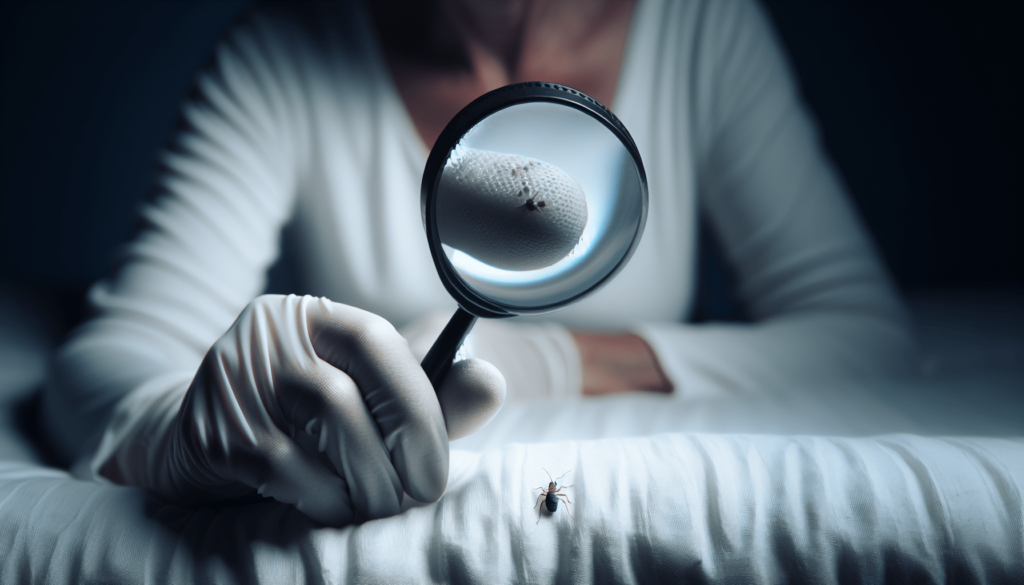If you have discovered that your living space has been invaded by those tiny, blood-sucking pests known as bed bugs, you may be feeling overwhelmed and unsure of what steps to take next. But fear not, for this comprehensive article is here to guide you through the process of dealing with these unwanted guests. From practical tips on how to identify bed bugs to effective methods for extermination, we have got you covered. Whether you are a homeowner, renter, or hotel guest, this article provides valuable insights and expert advice to help you eradicate these pests and regain your peace of mind. So sit back, relax, and let us navigate you through the world of bed bug infestations.

This image is property of pixabay.com.
Identifying Bed Bug Infestation
Bed bugs are pesky little insects that can quickly become a nightmare if they infest your home. Identifying a bed bug infestation is crucial in order to take the necessary steps to eliminate these creatures. Here are some signs that indicate the presence of bed bugs in your living space:
Signs of Bed Bugs Presence
- Blood stains on sheets and pillowcases: Bed bugs feed on human blood and may leave behind small bloodstains on your bedding.
- Rusty or dark spots on sheets or mattresses: These spots are often the fecal matter of bed bugs. They are typically found in clusters or rows.
- A sweet, musty odor: Bed bugs release pheromones, which can result in a distinct smell in an infested area.
- Small, flat, oval-shaped bugs: Adult bed bugs are approximately the size of an apple seed and can be visible to the naked eye.
Bed Bug Bites
Bed bug bites are often mistaken for mosquito bites or other common skin irritations. However, there are some characteristics that can help you identify bed bug bites:
- Red, itchy bumps: Bed bug bites usually appear as red, itchy welts on the skin. They often occur in a line or cluster.
- Bite patterns: Bed bug bites usually follow a linear pattern, as the bugs tend to bite multiple times in a row.
- Delayed reaction: It may take a few days for bed bug bites to become visible, and the itching can persist for several weeks.
Fecal Matter and Bed Bug Shells
One of the most definitive signs of a bed bug infestation is the presence of their fecal matter and shed exoskeletons. Bed bugs molt several times throughout their life cycle, leaving behind empty shells. These shells are similar in appearance to the bugs themselves but are translucent and lighter in color. Their fecal matter, on the other hand, is dark in color and will smear if you try to clean it.
Understanding the Risks of Bed Bugs
While bed bugs are not known to transmit diseases, they can still pose health risks and have a significant impact on your mental and emotional well-being. Here are some risks associated with bed bug infestations:
Health Dangers
- Allergic reactions: Some individuals may have allergic reactions to bed bug bites, resulting in symptoms such as rashes, blisters, and even asthma attacks.
- Secondary infections: Scratching bed bug bites can break the skin, making it more susceptible to infection.
- Sleep disturbances: Bed bugs are active at night and feed on their hosts while they sleep. Their presence can lead to sleep deprivation and insomnia.
Mental and Emotional Impact
- Anxiety and stress: Dealing with a bed bug infestation can be extremely stressful and may cause feelings of anxiety and distress.
- Isolation and social stigma: The presence of bed bugs can lead to social stigma and isolation, as individuals may fear spreading the infestation to others.
Damage to Household Items
- Ruined furniture and textiles: Bed bugs can infest and damage furniture, mattresses, clothing, and other household items, leading to costly replacements.
Steps to Follow if You Spot a Bed Bug
If you detect signs of a bed bug infestation, it’s important to act quickly to prevent the situation from worsening. The following steps can help you effectively address the issue:
Isolate the Area
- Limit movement: Avoid carrying infested items to other areas of your home to prevent spreading the infestation.
- Quarantine infested items: Place infested items, such as clothing or bedding, in sealed plastic bags to prevent bed bugs from spreading and to facilitate their removal.
Avoid Unnecessary Travel
- Minimize travel: Bed bugs can easily hitch a ride on your belongings and infest new areas. Limit unnecessary travel until the infestation is resolved.
Don’t Dispose of Items Unnecessarily
- Avoid throwing away infested items: While it may be tempting to simply get rid of infested furniture or other items, this can potentially spread the infestation further. Consult with pest control professionals before disposing of any items.
DIY Treatment Strategies
For minor infestations, do-it-yourself (DIY) treatment strategies can help you eliminate bed bugs. Here are a few commonly used methods:
Bed Bug Sprays
- Insecticides: There are various bed bug sprays available in the market that can be used to treat infested areas. However, it is essential to carefully follow instructions and ensure the safety of yourself and your surroundings.
Hot Steam Treatment
- Steam cleaning: Using a steam cleaner on infested areas, such as mattresses, upholstery, and carpets, can effectively kill bed bugs and their eggs.
Diatomaceous Earth
- Non-toxic powder: Diatomaceous earth, a fine powder made from fossilized algae, can be sprinkled in infested areas. When bed bugs come into contact with this powder, it damages their exoskeletons and dehydrates them.

This image is property of pixabay.com.
Hiring Professional Exterminators
In severe or persistent cases of bed bug infestations, it is advisable to seek professional help. Professional exterminators have the knowledge, experience, and tools necessary to effectively eliminate bed bugs from your home. Here are some factors to consider when hiring a professional extermination company:
Choosing a Reputable Company
- Research and reviews: Look for companies with positive reviews and a good reputation.
- Certifications and licenses: Choose a company that employs licensed and certified pest control professionals.
Understanding the Treatment Options
- Assessment and inspection: A reputable extermination company will conduct a thorough inspection of your property to determine the extent of the infestation.
- Treatment plan: Based on their findings, the professionals will develop a customized treatment plan suited to your specific situation.
Post-Treatment Guidelines
- Follow-up inspections: After the initial treatment, regular follow-up inspections are essential to ensure the effectiveness of the extermination and to address any remaining bed bugs.
- Preventive measures: The exterminator will provide guidelines on preventive measures to avoid future infestations.
Preventing Future Infestations
Prevention is crucial to avoid bed bug infestations. Here are some strategies to minimize the risk of bed bugs invading your living space:
Regular Inspections
- Check for signs: Regularly inspect your bedding, furniture, and other areas for any signs of bed bugs.
Using Bed Bug-Proof Encasements
- Protective covers: Encase mattresses, box springs, and pillows with bed bug-proof encasements to prevent the bugs from infesting these areas.
Treat Frequent Travel Items
- Inspect luggage: After traveling, thoroughly inspect your luggage and wash all travel-related items, such as clothes, on high heat.

This image is property of pixabay.com.
Understanding the Life Cycle of Bed Bugs
To effectively combat bed bug infestations, it is important to understand their life cycle. Bed bugs go through various stages:
Reproduction
- Egg-laying: Female bed bugs lay eggs, which are approximately the size of a pinhead, in hidden locations near their hosts.
- Eggs hatch: Eggs typically hatch within 6 to 10 days, depending on the temperature and conditions.
Growth
- Nymphs emerge: Nymphs, or baby bed bugs, emerge from the eggs and go through five molting stages before reaching adulthood.
- Feeding and molting: After each molt, nymphs require a blood meal to grow and molt into the next stage.
Life Span
- Adult bed bugs: Adult bed bugs, once fully grown, can live for several months without feeding if necessary.
- Feeding habits: Adult bed bugs require blood meals, usually from humans, every 5 to 10 days.
Common Places to Find Bed Bugs
Bed bugs can infest various areas of your home, not just your bed. Here are some common places where bed bugs may be found:
Bedrooms
- Mattresses, box springs, and bed frames: Bed bugs are most commonly found in and around sleeping areas.
- Cracks and crevices: Bed bugs can hide in cracks and crevices of furniture, walls, and electrical outlets.
Living Rooms
- Upholstered furniture: Sofas, chairs, and other upholstered furniture can harbor bed bugs.
- Electronics: Bed bugs can find their way into electronic devices, such as TVs and laptops.
Public Transportation
- Buses, trains, and planes: Bed bugs can be transported from one location to another through public transportation. They can hide in seats, upholstery, and carpeting.

Common Myths and Misconceptions
There are several myths and misconceptions surrounding bed bugs. It’s important to separate fact from fiction:
Bed Bugs Spread Diseases
Contrary to popular belief, bed bugs have not been found to transmit diseases to humans. While their bites can be irritating and cause allergic reactions, they are not known carriers of diseases.
Bed Bugs Only Live in Dirty Places
Bed bugs are equal opportunity invaders and are not limited to dirty or unclean environments. They can infest both clean and cluttered spaces, as long as they have access to a food source.
Bed Bugs Can Fly
Bed bugs do not have wings and cannot fly. They crawl or hitchhike their way from one location to another by hiding in clothing, luggage, or other objects.
Bed Bugs Stats, Facts, and Data
Understanding the prevalence and behavior of bed bugs can provide valuable insights into their infestation patterns:
Bed Bugs Infestations Around the World
- Bed bugs have become a global problem, with infestations reported in countries across the globe.
- Major cities are particularly susceptible to bed bug infestations due to increased travel and higher population density.
Bed Bugs Resistance to Pesticides
- Over time, bed bugs have developed resistance to certain pesticides, making their eradication more challenging.
- integrated pest management approaches, combining multiple strategies, are often necessary to effectively control bed bugs.
Bed Bugs Detection Rates
- According to recent surveys, around 84% of pest control professionals report encountering bed bug infestations in the past year.
- Bed bug detection dogs have been increasingly used to identify infestations, as their sense of smell is highly effective in detecting bed bugs’ presence.
This comprehensive guide provides valuable information on identifying, treating, and preventing bed bug infestations. By following the recommended steps and understanding the risks associated with these pests, you can effectively protect your home and ensure a bed bug-free environment. Remember, early detection and prompt action are key to preventing bed bugs from becoming a major problem. Stay vigilant and take the necessary steps to keep these unwelcome guests at bay.

